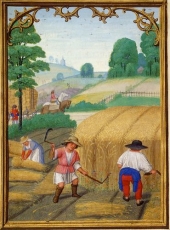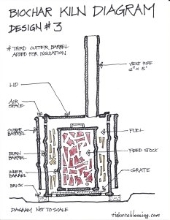




 1
1




"People may doubt what you say, but they will believe what you do."
 1
1




"Study books and observe nature; if they do not agree, throw away the books." ~ William A. Albrecht
 1
1





"You may never know what results come of your action, but if you do nothing there will be no result”
How Permies.com Works
Be Nice








Standing on the shoulders of giants. Giants with dirt under their nails








Travis Johnson wrote:
I thought about selling it, and I have not ruled that out yet, but the idea of converting softwood that has no commercial value to that of heating my home has interest for me.
Standing on the shoulders of giants. Giants with dirt under their nails

 1
1




List of Bryant RedHawk's Epic Soil Series Threads We love visitors, that's why we live in a secluded cabin deep in the woods. "Buzzard's Roost (Asnikiye Heca) Farm." Promoting permaculture to save our planet.

|
It's just a flesh wound! Or a tiny ad:
The new purple deck of permaculture playing cards
https://www.kickstarter.com/projects/paulwheaton/garden-cards
|







